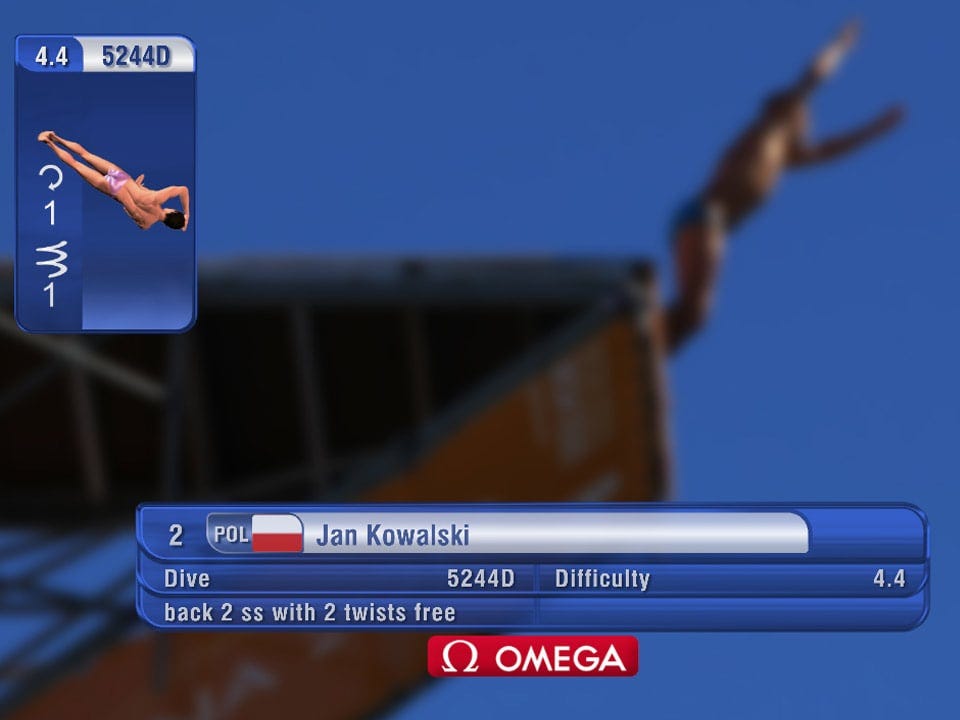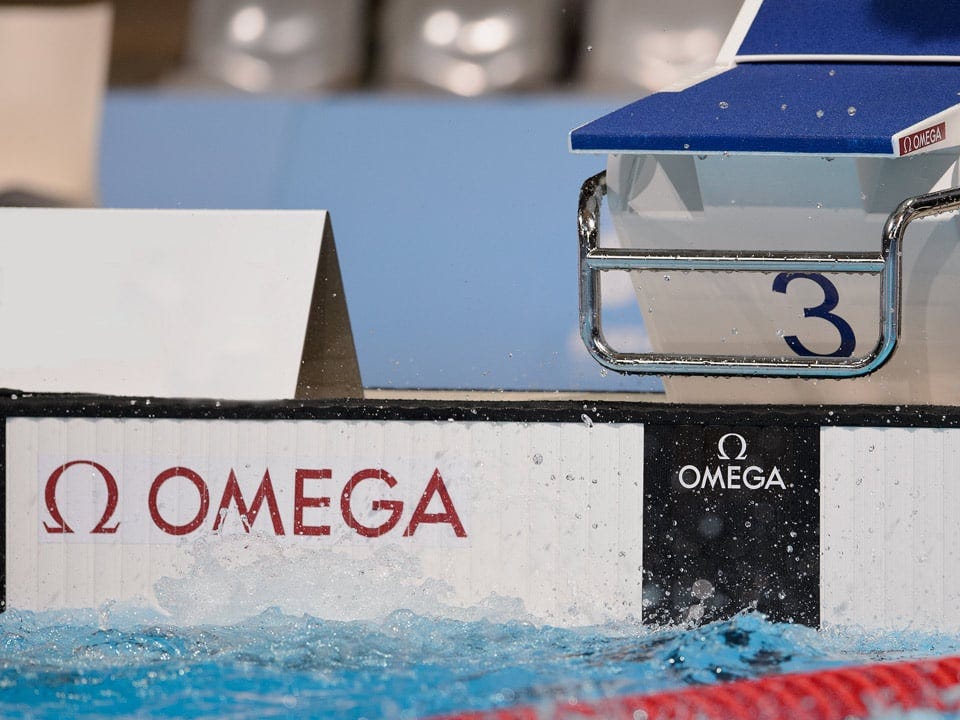From advanced radars to AR Goggles
This week the 2019 World Aquatics Championships were held in Gwangju, South Korea. By the end of the competition, a total of 76 Medal events are held across six disciplines.
This is the biggest international swimming competition until the 2020 Olympic Games in Tokyo. Many of the national teams competing this week are using technologies in order to try to edge out the competition.
That being said, based on our conversations and insights we have had with pro swimming teams, not all teams are on equal footage when it comes to technology. In addition, many believe that we are still in the early days of seeing a revolution in the swimming world.
“I think swimming is at the infancy for this (technology) stuff,” Russell Mark, USA Swimming’s high performance manager said. “Even without data, we’re still learning about technique and how people can swim fastest. But when you add numbers and video, the possibilities are infinite right now.”
Currently there are a number of companies providing hardware and software solutions to help coaches improve the performance of swimmers. Those include companies like Swimpro, OMEGA, Swim Hero, Firebelly, and Triton, just to name a few.
SwimPro essentially developed a video analysis system for swimmers. Concretely, it is a system of high definition cameras with mounting solutions, pool deck analysis software, customized iPad app and cloud based storage system. SwimPro is utilised on a daily basis by over 2,000 world leading coaches, institutions and elite athletes in their strive for performance excellence. The Australian Olympic swimming team is one of the top swimming teams currently using it.
OMEGA is another popular technology used in the world of pro swimming. The Omega’s system is comprised of various systems: Lap counter, touchpads, and virtual diving animations.
Omega uses touchpads, introduced in 1967. They are unique in that they allow each swimmer to stop the clock by exerting pressure of between 1.5 and 2.5 kg (3.3 and 5.5 pounds) on panels at the ends of each lane.
Omega also uses lap counters positioned inside the pool which count down the number of remaining laps for each swimmer.
Omega also offer tools for broadcasters to enable virtual diving animations. Concretely, it allows broadcasters to superimpose animated two-dimensional clips on TV screens, demonstrating an ideal performance of a dive. Each clip begins with the starting position and lasts throughout the flight.
 Picture: Omega’s Virtual diving animations.
Picture: Omega’s Virtual diving animations.
So what’s coming next in the world of video analysis for swimmers?
In the future, we expect to see advanced and affordable video analysis systems for the masses capable of measuring the performance of regular swimmers without any wearables needed.
This is precisely what an innovative israeli startup called SenSwim built. As shown in the video video, the system is based on an advanced camera using a radar technology which can measure times, the number of strokes, and the underwater dive distance. This is being done with a “single” camera for multiple swimmers. We believe this is the kind of advanced technology that can revolutionize the world of swimming as a whole.
Video: SenSwim
On the wearable front, swimmers utilize a wide variety of wearables such as smart watches, or trackers for swimmers. One of the most innovative startups in this area is TritonWear. It recently launches the Triton 2, a tracker for swimmers which analyses swimmers’ stroke based on the movement of their head. It can also monitor key swim metrics like push-offs, turns, breathing events, dolphin kicks underwater, breakouts and more. TritonWear also leans on artificial intelligence to offer auto-coaching features to diagnose weaknesses and provide actionable insights for coaches and swimmers to look over and work on.
Video: TritonWear
So what’s coming next in the world of wearables?
One of the most important biometric data in the pro swimming world is HRV which is an indication of fatigue. HRV can currently be measured by using smart bands from companies like Oura or Whoop, just to name a few. Please note that the Whoop device typically showcases the sleep quality of users. However, the pure HRV data is available upon request.
In the future we expect most wearables to not only display HRV but also provide insights such as “If you would have slept 2 more hours your performance would have improved by X%”. This will be possible by the use of advanced algorithms.
In the wearable space, we also expect AR to becoming a key component of training in the world of pro swimming. One startup likely to become a key enabler here is Canadian startup Form, which enables athletes to view performance metrics on an augmented reality display on swim goggles that you can wear underwater.
As we mentioned in a previous note, the lightweight goggles will sell for $200 and come from a startup created by Dan Eisenhardt, who previously sold Recon Instruments to Intel in 2015.
The see-through AR display can show swimmers how they are doing in a timed race in real time. Developed over the past four years in collaboration with top competitive swimmers and coaches, including former Olympians, the Form Swim Goggles make training smarter, more purposeful, and more engaging for swimmers of all levels, the Vancouver-based company said.
On land, the ability to access performance metrics in real time through devices like running watches and bike computers has transformed how runners, cyclists, and triathletes train. But in the pool, existing wearables impair technique and are difficult to access in real time. The Form Swim Goggles address these pain points.
Video: FORM
“I swam competitively for 14 years and really felt the pain of not being able to access my metrics in real time,” said Form founder and CEO Eisenhardt, in a statement. “The idea for Form came about many years ago, but we are only now entering a time when technology lets us deliver this experience seamlessly in a premium pair of swim goggles. We’re proud that, through a team of top industry talent, we’ve been able to solve a fundamental problem in swimming.”
In the future we expect FORM to add new types of biosensors to its AR goggles so swimmers will be able to not only see their time and distance, but also various types of biometric data such as HR, HRV, and more.
Bottom line: We are still in the early days of seeing a true tech revolution in the world of swimming. Based on our conversations with top pro swimming teams, there is solid interest for emerging technologies that can help improve the recovery and performance of swimmers. Many pro teams are currently evaluating new video analysis systems, wearables and other emerging technologies (e.g. AR, AI). This is an exciting time we are living in..There is no doubt that we will see new types of technologies at the 2020 Olympics in Tokyo.




Leave A Comment
You must be logged in to post a comment.